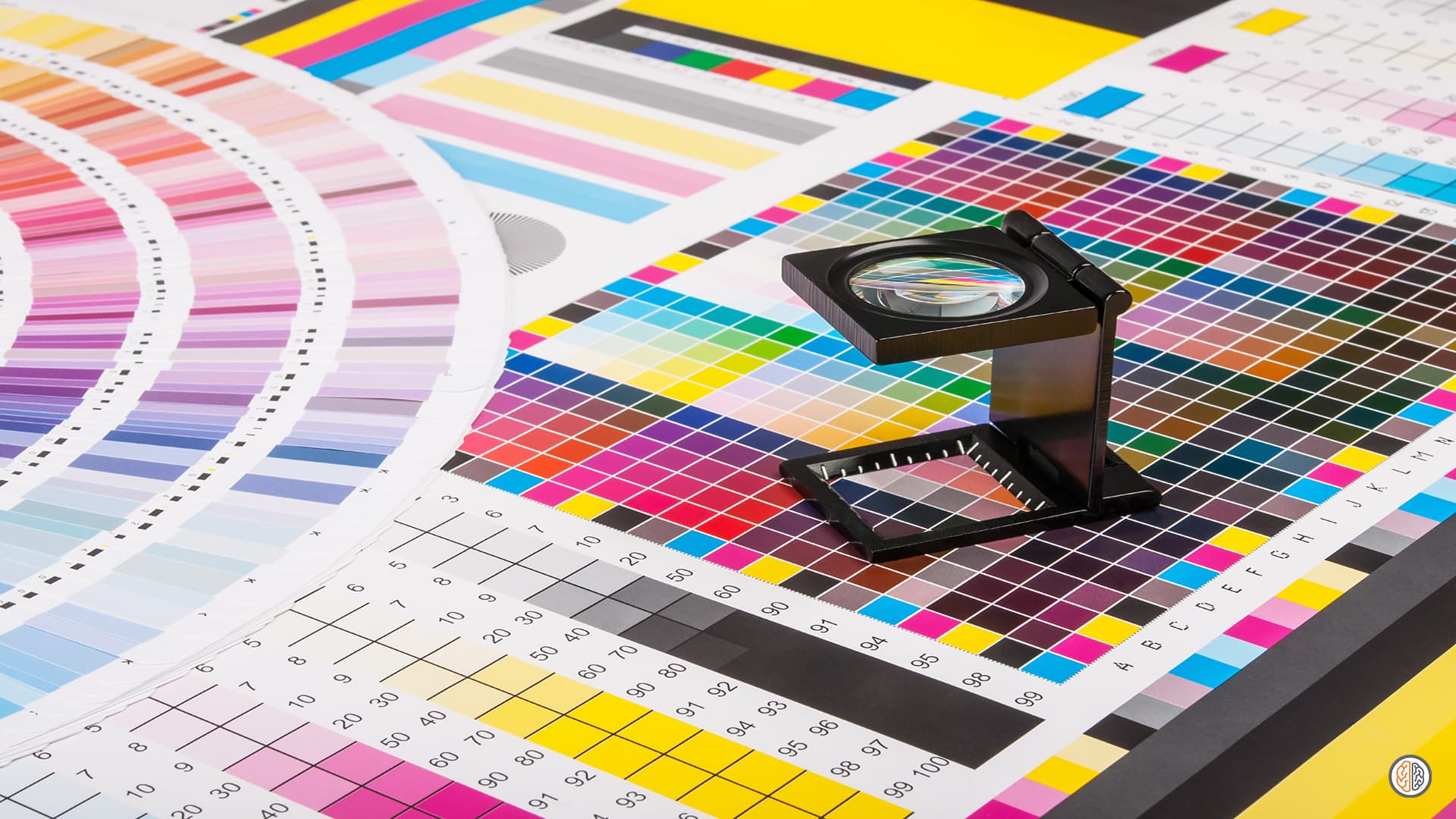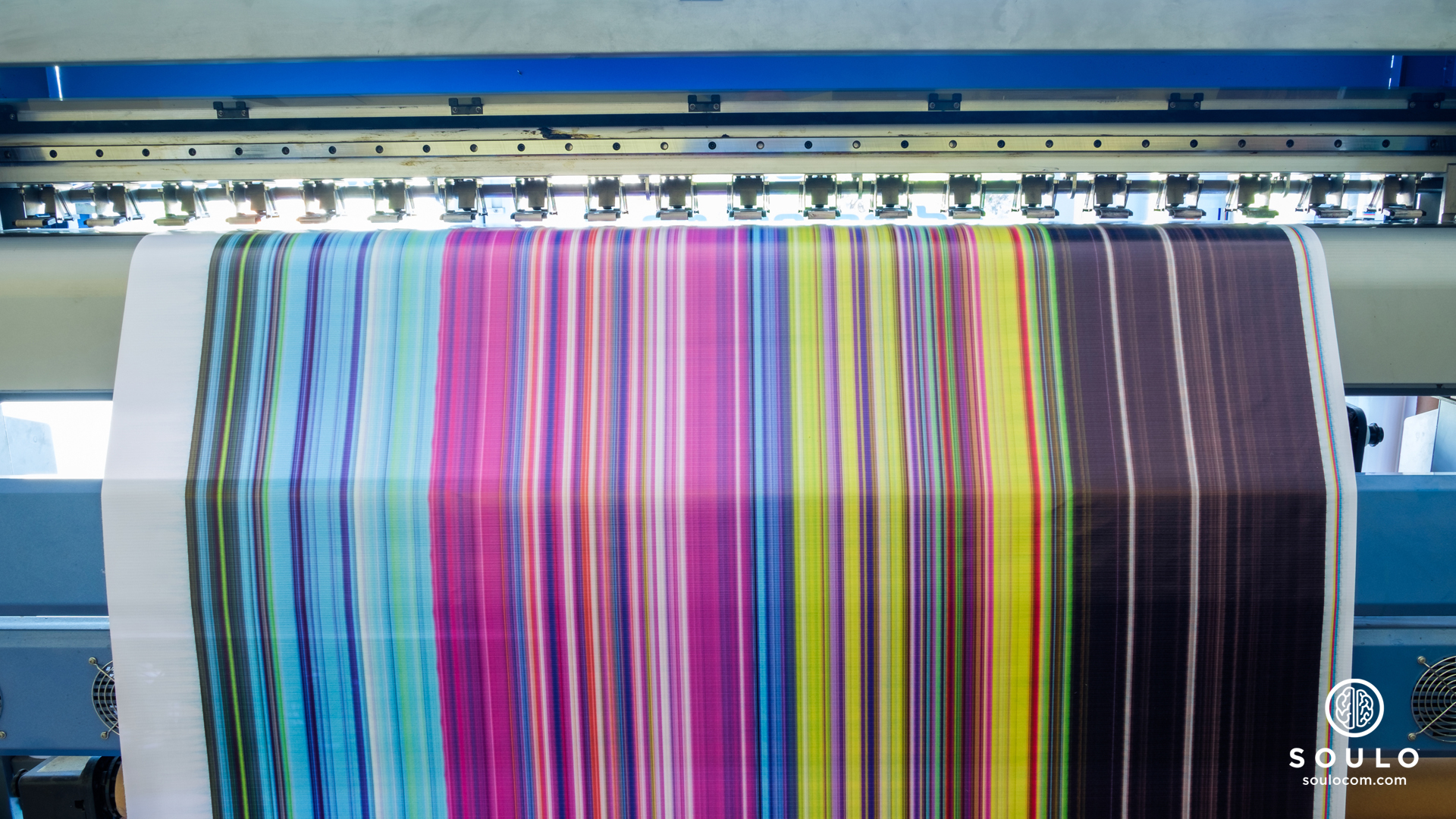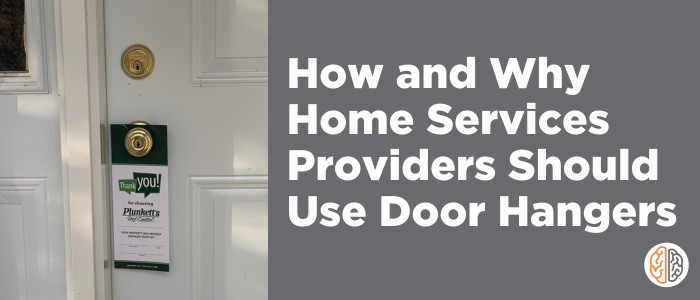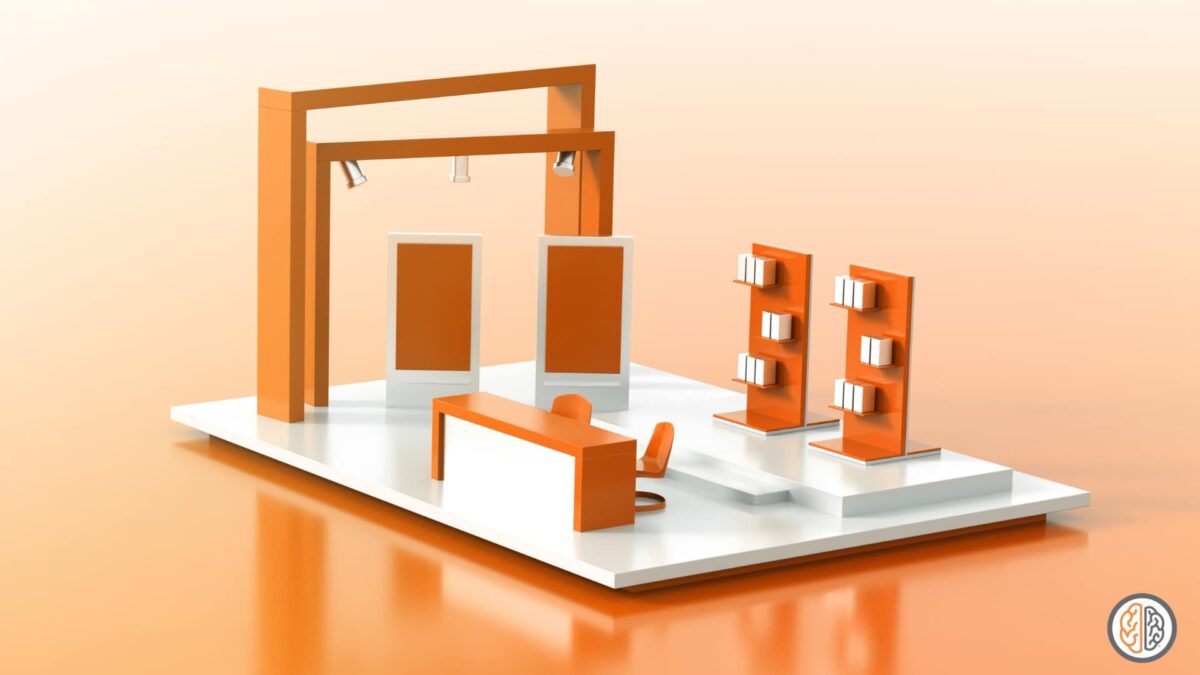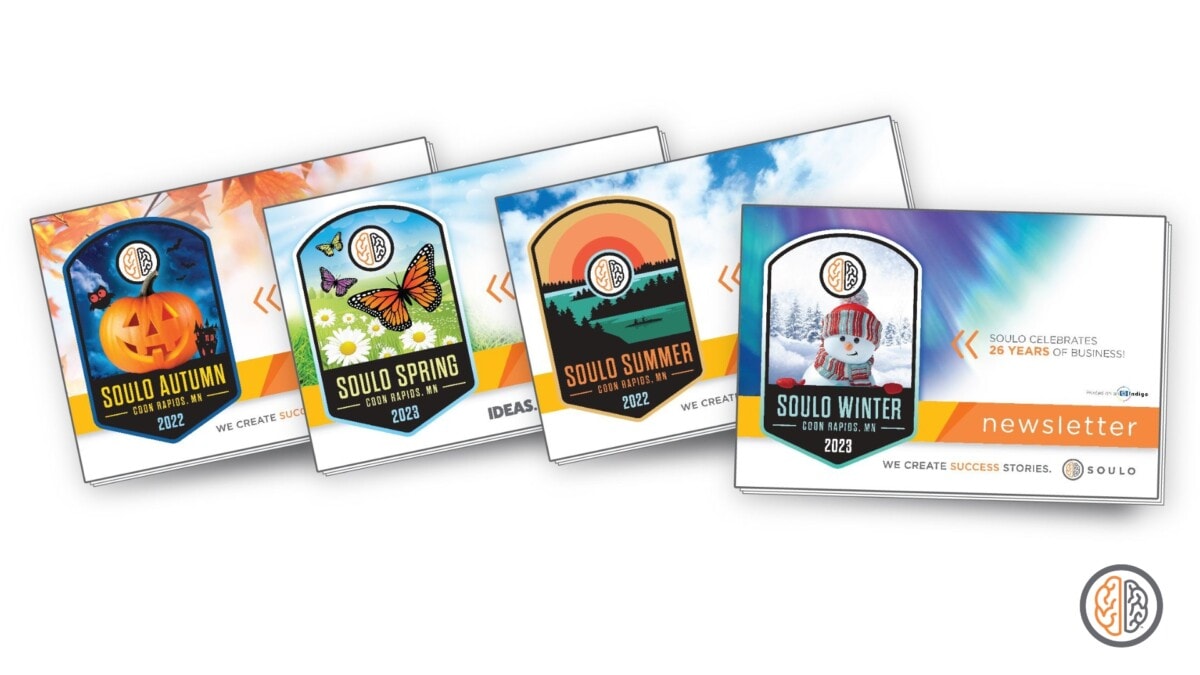Digital printing is a fast and cost-effective way to print a wide range of media. Contrasted with offset printing, it offers a number of benefits.
Inexpensive, Fast, Brilliant
Price can be the make or break point of any printed project, and digital printing offers high-quality print that won’t break your budget. You can affordably print smaller runs, which keeps your overall cost low. Even with that smaller print run, the price per unit doesn’t get out of control, and you still get a high-quality printed product. Digital printing requires no pre-print setup time to get plates properly inked, so projects can be turned around faster, too. Digital printing goes straight from the computer to the press, without having to transfer an image to a plate. So even if you discover something you need to change at the last minute, it’s easy to send a new PDF or art file to the printer. That way you don’t wind up with a full press run of the incorrect piece, or lose more time and money to setting the press up a second time.
Personalization
As a company that also manages mass-mailing campaigns, SOULO knows well the impact that a personalized promotional piece can have. Digital printing makes that possible using variable data: each piece in a print run can be personalized for its recipient. You can print a thousand postcards, letters, each one tailor-made for each person on your mailing list.
This kind of personalization can have a huge impact on your response rate and close rate, which can really drive ROI on any individual campaign.
The personalization offered by digital printing offers some very practical uses as well. Organizations that have to send out letters to a large number of recipients can use variable print to put each recipient’s address on their letter, then drop the letters into window envelopes. That saves the cost of printing the envelopes.
Print Material Options
Digital printers can apply ink to all sorts of substrates—paper, fabric, plastics; they can even print onto textured or 3D materials. If you wanted to print something on a door, for instance, digital printing can do that. (Thicker materials like this require some specific equipment and software that will allow for the larger substrate to move through the printer, but it is absolutely part of digital printing.) If you want custom art for your office space, images printed onto canvas can make art out of anything—including your logo. Digital printing can also print white—which can be an important factor when printing a logo onto cardboard boxes, for instance.
Color Matching
Digital print makes it easy to choose one-color, two-color, or full-color print, rendered cleanly and crisply every time with consistent colors every time, so the last piece in a print run matches the first. Any deviation from the original in any spot, and the press shuts down to correct the issue. At SOULO, we keep your colors on file, so they look the same across every print project.
Eco-friendly
Within the “reduce, reuse, recycle” rubric, digital printing is the industry leader in reducing the use of almost every input. As noted above, digital printing doesn’t use plates or films, which cuts down on both physical inputs and the chemicals necessary to use them. Furthermore, offset presses need time and materials to get inks distributed properly on the plates, which means they use more ink. That ink has to go somewhere, which is where we arrive at “make ready” paper. Make ready is the industry term for paper that is necessary for each job, but not part of the final delivery. That is, it’s discarded. (Theoretically make ready wouldn’t have to be paper; it could be another substrate, but the same idea applies regardless.) All of these steps are necessary for the press operator to make sure the job is set up and printing correctly. And none of that material (or time) is required in digital printing.
Hitting Print
None of this is to denigrate traditional offset printing. That’s a technique that is time-tested, with proven results, and is the way to go if you need a specific spot color. Think of digital and offset printing as two techniques that each offer their own benefits. Any given project is probably going to lend itself more toward one method or the other, but the goal is always to get a high-quality output at a fair price. At SOULO, we always work with our clients to figure out which print method is the best for their project, their needs, their timeline, and their budget.
